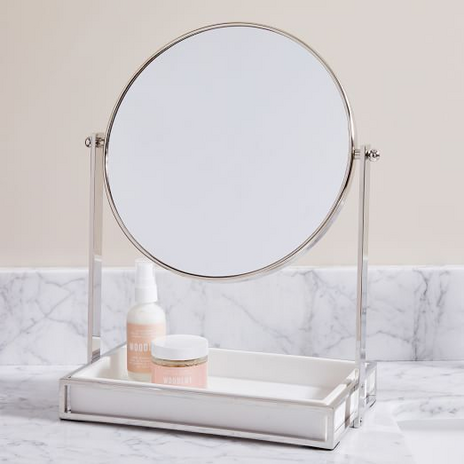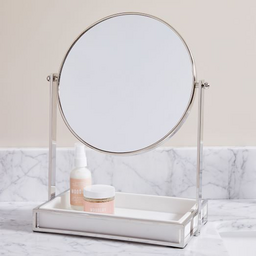The question still haunts me, mocking me like some sort of tongue-in-cheek Buzzfeed quiz: “What Kind of Girl Are You?” Oddly enough, I don’t need to give it much thought. Modern media already has the answer.
Am I a pink ribbon-loving Lana Del Rey coquette girl? Or, am I a wistful teary-eyed Fleabag-inspired girl? Maybe, I am an edgy Doc Marten-obsessed Tumblr girl? No, perhaps I am a minimal makeup green juice-drinking clean girl? Unless, am I a low-rise jean plastic bead bracelet Y2K girl? Or, a designer sunglasses leather jacket-wearing hot girl? A sweater vest pleated skirt dark academia girl? An outdoorsy sneaker-wearing granola girl? A red-lipped smoky-eyed grunge girl? Wait, how about an iced oat milk latte-loving tote bag indie girl?
In the age of ever-changing aesthetics, authenticity emerges as a challenge. The need to define—or rather confine—oneself using fashion, media, music, or food serves as a testament to how we adopt trends to commodify our identity, packing our personality into a perfect little box. While embodying a specific aesthetic may provide a sense of lifestyle direction, it reduces women to a one-dimensional label, restricting them from existing outside the boundaries of an archetype. To be that girl, you have to dress like that girl, eat like that girl, live like that girl.
The online pressure to perform as one of these trendy tropes makes it increasingly difficult to decipher one’s true self. The digital clamor chattering on about aesthetics, eras, and cores creates an inescapable echo chamber. As TikTok, Instagram, and Pinterest continue to circulate perfectly curated lookbooks and mood boards, these aesthetic dreams shift into real-life expectations—expectations that cannot always be met. Not everyone’s lifestyle can meet the demands of dressing, eating, and living like the aesthetic they idolize; nor, should young women feel the pressure to do so in order to feel like their identity is worthy.
Social media’s addiction to aesthetics breeds insecurities, causing many to wonder: when will I be enough? How many pairs of Doc Martens must I own, how many lattes must I drink, how many tote bags must I buy before I am considered that girl? Having this mentality places a reliance upon meeting superficial and materialistic standards. By doing so, appearance and accessories become signifiers of one’s self, restricting young women from venturing beyond this performative personality.
I am nothing but a caricature, a commodity, a curated identity. The media that we consume has started to consume us. As a young woman drowning in a cesspool of fickle social media trends, I recognize the dangerous yet desirable urge to just choose one. While the persistent oversaturation of aesthetics, eras, and cores adds the element of convenience, it limits autonomous authenticity. In reducing the opportunity for people to independently find themselves, we reduce ourselves to banal tropes vying to outdo each other with more clothes, more makeup, more things.
Even though we might try and delude ourselves into thinking that picking some niche aesthetic makes us original, we end up epitomizing the very thing we attempt to dissociate from. The paradox of modern-day authenticity is that rejecting mainstream aesthetics has become an aesthetic of its own. As with the pseudo-counterculture “I’m not like other girls” trope, this mentality has morphed into an aesthetic itself. The rise in micro-trends and niche aesthetics gives the illusion of being unique when in fact we are just attempting to mirror the most “underground” or “obscure” lookbooks, interests, and song recommendations hidden in the corners of the Internet.
The search for authenticity is an arduous one. However, aestheticizing our lives should not come at the expense of our own authenticity. Rather than measure our legitimacy via the number of Tarintino films we’ve seen or vinyls we’ve collected or designer clothes we own, we must measure our worth by how closely our outward selves align with our inward selves. When aesthetics come and go, eras end, and cores fade, what will be left?

